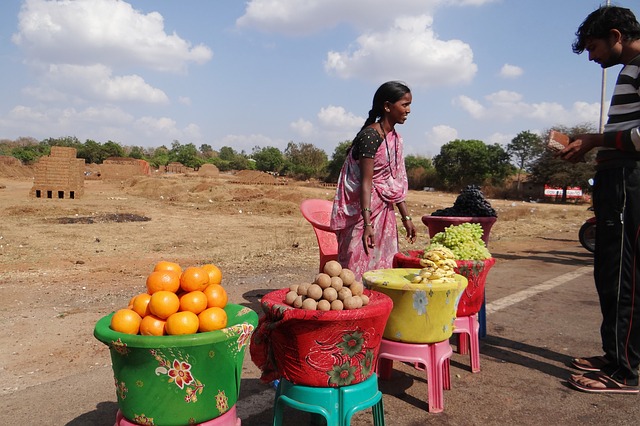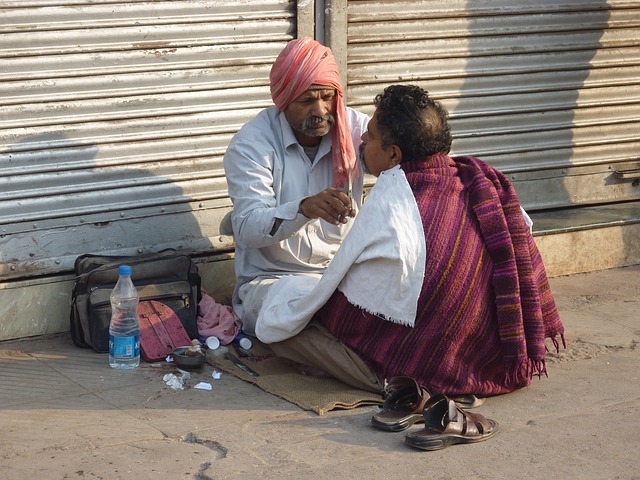The “demonetization” step by the Indian government to fight black money looks promising, however, it has negatively affected several industries. Travel is one such industry that has witnessed a slump in the number of travel bookings. The currency crunch has forced many to abandon their travel plans. Those in the travel business are fighting hard to lure travelers. We, however, look at this situation from a different angle. According to us, the significant plunge in the prices of holiday, hotel, and airline packages is an opportunity for you to travel. The ‘right time’ for a vacation. All you need to know is how to travel cashless. Here are a few tips.
International Travelers
Whether you’re planning to travel to USA, Singapore, or any other country, book your tickets online, instead of booking through local agents who mostly deal in cash. This would mean less hassle for you as you don’t have to stand in the long ATM queues to withdraw cash. Booking online also gives you the freedom to choose from several national and international packages available at discounted prices, and the best part is that you can book a ticket from the comfort of your home.
Apply online for Visa
We understand that many people, who are short on time and find applying for Visa a little complicated, prefer hiring an agent. Agents, however, may not have the facility to pay online and may require you to pay for the booking fee in cash. As arranging cash may be an issue at this time, you can choose to book your Visa through an online travel portal. Most companies offering holiday travel packages also offer visa services. You would get all the necessary information on their website, for example – information on how to apply for a Visa, the required documents, and the time it will take to for your Visa to be processed.
Buying Foreign Currency Online
Buying foreign currency through a local Forex dealer in exchange of local currency in cash is almost next to impossible during these days as cash is rarely available. An alternate way to get foreign currency is to get the exchange done online. There are a number of benefits of exchanging foreign currency online. First, you can lock the rate of a particular currency to ensure you’re not at loss even if its value increases. Second, booking the currency online also means you can get it delivered at your doorstep. You can even buy a Forex card online if you want to avoid carrying cash.
Domestic Travelers
Even when you’re traveling within India, make all your bookings online. There are various websites offering single, family, and group tour packages such as FlamingoTravels.co.in. You can get at reasonable rates. Here are a few tips to go cashless when traveling.
Use your e-wallet
Use e-wallets such as, paytm, mobikwik, PayU money, freecharge, Airtel Money, Vodafone’s mPesa, and Citrus Wallet for food, recharging your mobile phones, and other daily necessities. You can use such apps to book bus, hotel, and flight tickets, and grab good discounts on these bookings.
App-based Cabs
When you’re traveling within a city, use apps such as Ola, Meru, and Uber to save cash. They may cost you a little more than what you have to pay when hiring an auto, but are a safer and more comfortable alternative. Most importantly, you can pay online and don’t need cash to make the payments.
Some More Tips
- Book a complete travel package online that includes hotel, air tickets, breakfast, and dinner.
- Purchase ready to eat foods such as cheese spread, noodles, bread, protein bars, biscuits, and medicines using plastic money and pack them in your backpack.
- It can be challenging to find ATMs in off-beat destinations such as Kasol. Therefore, use your debit/credit cards for all the purchases here. Carry cash in lower denominations.
- Use the Walnut app to find an ATM near you.
- Always use plastic money in fast food places such as Pizza Hut, McDonalds, and KFC.
- If by chance you’re in Mumbai, and plan to travel in a local train, use Unreserved Ticketing System (UTS) app. This app lets you transfer money from your e-wallet and book online tickets.
Conclusion
Although demonetization has affected various industries, including the travel industry, it has many advantages for people who want to travel. Airline carriers, hotels, restaurants, and other travel related businesses have significantly cut down on the prices of their services to attract travelers. Use the tips mentioned in this post and take the benefit of the current cash crunch situation.
Happy Traveling!





















